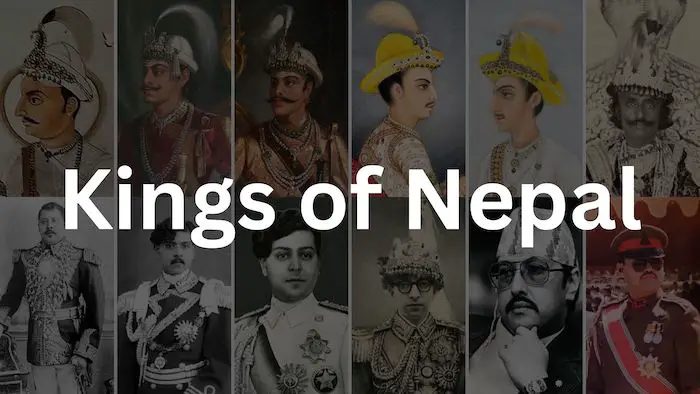Nepal’s monarchy holds a significant place in the country’s history and cultural identity. For centuries, the Kings of Nepal played crucial roles in shaping the nation’s destiny, from unifying various kingdoms to embracing democracy. From 1743 to 2008, the Shah kings ruled over Nepal in some capacity.
Although turbulent throughout their rule, the Shah kings had a long history in Nepal. However, it ended when they deposed Gyanendra Bir Bikram Shah and abolished the monarchy in 2008. In this blog post, we will explore the journey of the Nepali Kings and their legacy.
List of Kings of Nepal:
The table below spans from Prithvi Narayan Shah in 1743 to Gyanendra Bir Bikram Shah’s abolition of the Nepali dynasty in 2008.
| Name of King | Lifespan of King | Reign Start | Reign End |
|---|---|---|---|
| Prithvi Narayan Shah | 11 January 1723 – 11 January 1775 (aged 52) | 3 April 1743 | 11 January 1775 (31 years, 314 days) |
| Pratap Singh Shah | 16 April 1751 – 17 November 1777 (aged 26) | 11 January 1775 | 17 November 1777 (2 years, 310 days) |
| Rana Bahadur Shah | 25 May 1775 – 25 April 1806 (aged 30) | 17 November 1777 | 8 March 1799 (21 years, 111 days)(abdicated) |
| Girvan Yuddha Bikram Shah | 19 October 1797 – 20 November 1816 (aged 19) | 8 March 1799 | 20 November 1816 (17 years, 257 days) |
| Rajendra Bikram Shah | 3 December 1813 – 10 July 1881 (aged 67) | 20 November 1816 | 12 May 1847 (30 years, 173 days)(abdicated) |
| Surendra Bikram Shah | October 1829 – 17 May 1881 (aged 51) | 12 May 1847 | 17 May 1881 (34 years, 5 days) |
| Prithvi Bir Bikram Shah | 8 August 1875 – 11 December 1911 (aged 36) | 17 May 1881 | 11 December 1911 (30 years, 208 days) |
| Tribhuvan Bir Bikram Shah (1st reign) | 30 June 1906 – 13 March 1955 (aged 48) | 11 December 1911 | 7 November 1950 (38 years, 331 days)(went into exile) |
| Gyanendra Bir Bikram Shah (1st reign) | 7 July 1947 (age 75) | 7 November 1950 | 7 January 1951 (61 days)(stepped down) |
| Tribhuvan Bir Bikram Shah (2nd reign) | 30 June 1906 – 13 March 1955 (aged 48) | 7 January 1951 | 13 March 1955 (4 years, 65 days) |
| Mahendra Bir Bikram Shah | 11 June 1920 – 31 January 1972 (aged 51) | 13 March 1955 | 31 January 1972 (16 years, 324 days) |
| Birendra Bir Bikram Shah | 28 December 1945 – 1 June 2001 (aged 55) | 31 January 1972 | 1 June 2001 (29 years, 121 days)(assassinated) |
| Dipendra Bir Bikram Shah | 27 June 1971 – 4 June 2001 (aged 29) | 1 June 2001 | 4 June 2001 (3 days)(declared brain dead) |
| Gyanendra Bir Bikram Shah (2nd reign) | 7 July 1947 (age 75) – present | 4 June 2001 | 28 May 2008 (6 years, 359 days)(deposed) |
Kings of Nepal: The First to the Last of the Dynasty
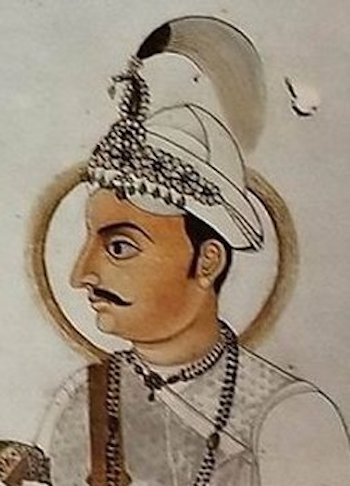
First King of Nepal: Prithvi Narayan Shah
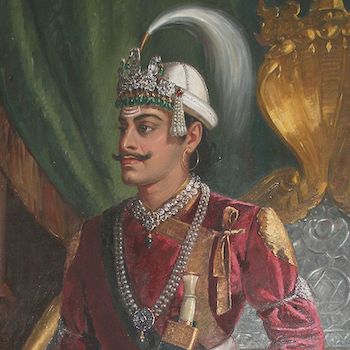
2nd King of Nepal: Pratap Singh Shah
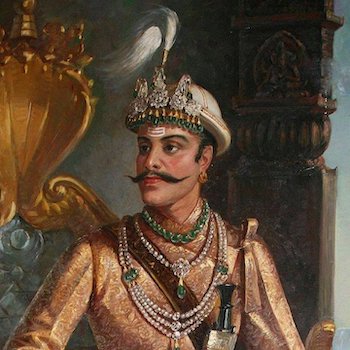
3rd King of Nepal: Rana Bahadur Shah
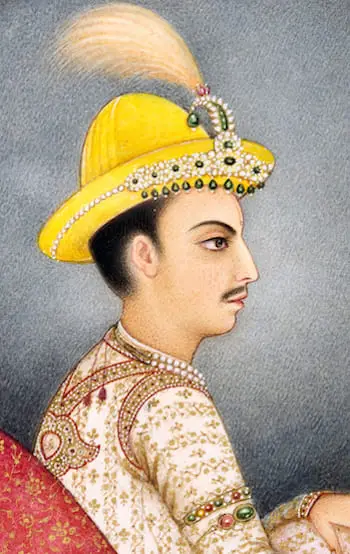
Forth Nepali King: Girvan Yuddha Bikram Shah
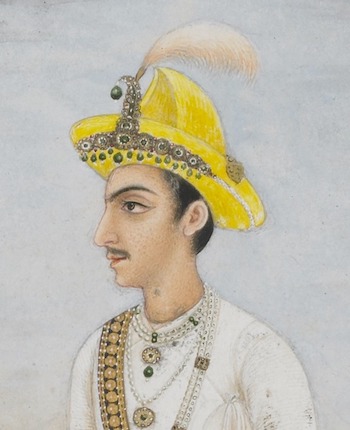
Fifth Nepali King: Rajendra Bikram Shah
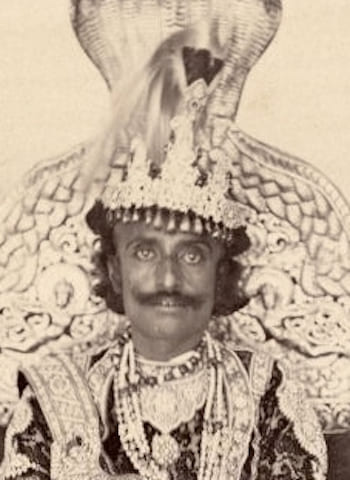
Sixth Nepali King: Surendra Bikram Shah
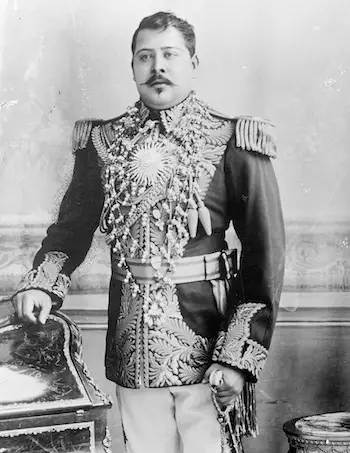
Seventh King of Nepal: Prithvi Bir Bikram Shah
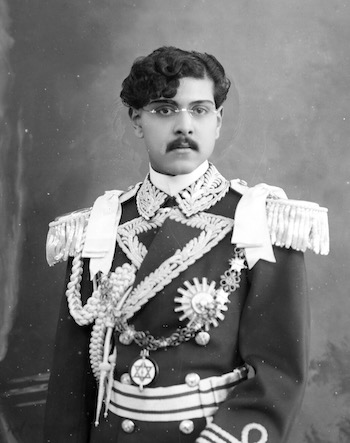
Eighth King of Nepal: Tribhuvan Bir Bikram Shah (1st reign)
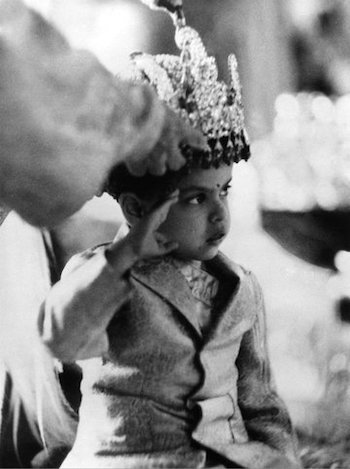
Ninth King of Nepal: Gyanendra Bir Bikram Shah (1st reign)

Tenth King of Nepal: Tribhuvan Bir Bikram Shah (2nd reign)

Eleventh King of Nepal: Mahendra Bir Bikram Shah

Twelfth Nepali King: Birendra Bir Bikram Shah
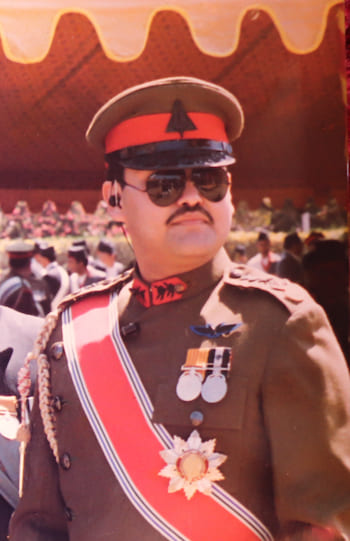
Thirteenth King of Nepal: Dipendra Bir Bikram Shah

Fourteenth King of Nepal: Gyanendra Bir Bikram Shah (2nd reign)
Who Is The First King of Nepal?
In 1742, Prithvi Narayan Shah became the king of Gurkha, also making him the first King of Nepal.
Prithvi Narayan Shah, a member of Nepal’s ruling Shah family from the Gurkha (Gorkha) principality, achieved a significant feat in 1769. He conquered the three Malla kingdoms of Kathmandu, Patan, and Bhadgaon. Through this conquest, he laid the foundation for the modern state of Nepal and established the capital at Kathmandu.
The Shah Dynasty in Nepal:
The Shah Dynasty, Nepal’s ruling dynasty for over two centuries, traces its origins back to the mid-18th century. Its establishment can be attributed to the visionary leadership of Prithvi Narayan Shah, commonly known as the “Great Unifier.” Prithvi Narayan Shah was born in 1723 in the Gorkha Kingdom in the North-West part of Nepal. Through strategic alliances, military campaigns, and diplomacy, he expanded the Gorkha Kingdom and united other principalities, laying the foundation for modern Nepal.
Following Prithvi Narayan Shah, several Shah Kings ascended the throne, each leaving their mark on Nepal’s history. For example, King Rana Bahadur Shah, who reigned over Nepal in the early 19th century, played a pivotal role in the Anglo-Nepalese War. Although Nepal faced military defeat, the war resulted in the signing of the Treaty of Sugauli, ensuring Nepal’s territorial integrity.
In the 20th century, King Tribhuvan Shah faced the authoritarian Rana regime. His collaboration with political leaders and the support of the people led to the successful overthrow of the Rana regime in 1951. The end of the Rana oligarchy marked a turning point in Nepal’s history, and King Tribhuvan’s reign laid the foundation for the country’s democratization.
King Mahendra Shah, who ascended the throne in 1955, introduced the Panchayat system—a form of guided democracy. Although criticized for its limitations on political freedoms, the Panchayat system brought stability and economic development to Nepal during his reign.
Finally, the monarchy faced major difficulties in the late 1990s during the People’s Movement. The movement eventually resulted in the Nepali civil war, which lasted from 1996 to 2006. The Nepali Kings also faced their final blow during this time when the Royal Massacre of Nepal took place.
The Rise of King Birendra and Democracy:
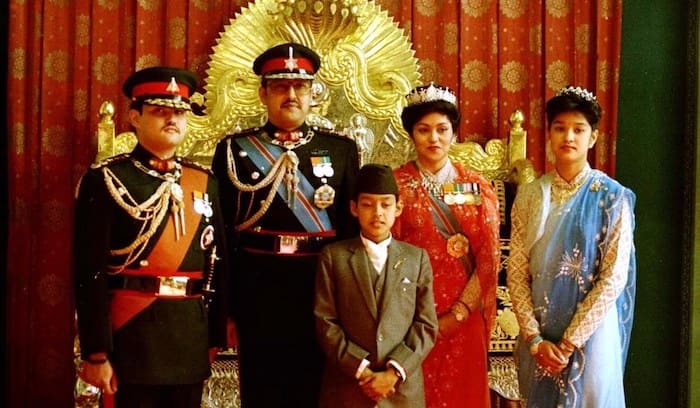
King Birendra Shah, who became the King of Nepal in 1972, is remembered as the “People’s Monarch.” He sought to modernize and democratize Nepal, introducing economic and social reforms that aimed to uplift the lives of the Nepalese people. Under his reign, Nepal witnessed advancements in education, infrastructure, and foreign relations. Additionally, the country began to see itself open up to the outside world and accept foreigners as well as international support.
However, the monarchy faced a significant challenge in 1990 when the country erupted in the People’s Movement. Faced with popular demand for democracy and political reforms, King Birendra responded by conceding to the people’s demands. The Constitution of 1990 was promulgated, establishing multiparty democracy in Nepal.
The Tragedy and Transition of Nepal:
However, tragedy struck Nepal in 2001 when the Royal Massacre of Nepal occurred. Whereas King Birendra and several members of the royal family were assassinated during a family dinner. The event shocked the nation and had far-reaching implications for the monarchy. Crown Prince Dipendra, believed to be responsible for the massacre, succumbed to his injuries. Although he was accused of the assassination, he assumed the role of King of Nepal for three days.
After the death of King Dipendra, King Gyanendra Shah, Birendra’s brother, ascended the throne for the second time. However, his reign was marked by controversy and political instability. In 2005, he dissolved the democratically elected government, assuming absolute power. This move further fueled public discontent in Nepal, and the Maoist insurgency, which had been simmering since 1996.
The abolition of the monarchy became an inevitable consequence of the tumultuous period. In 2006, the people of Nepal, fueled by widespread protests and the support of political parties, launched the historic 2006 People’s Movement. The movement aimed to restore democracy and end King Gyanendra’s authoritarian rule. In response to the overwhelming public pressure, the reinstated Parliament declared Nepal a federal democratic republic on May 28, 2008, effectively ending the monarchy.
Legacy and Relevance of the Nepali Kings:
The Kings of Nepal and the Shah Dynasty have left a lasting legacy on the nation. Prithvi Narayan Shah’s unification efforts provided Nepal with a strong foundation as a sovereign nation. King Birendra’s commitment to democracy and modernization brought significant advancements to the country. The monarchy, both revered and criticized, played a central role in shaping Nepal’s political, social, and cultural landscape.
Even after the abolition of the monarchy, the Shah Dynasty remains an integral part of Nepal’s identity. The royal family continues to hold a place in the hearts of many Nepalese people, and their history and traditions are celebrated. The symbols and emblems associated with the monarchy, such as the national flag and the Narayani crest, are still significant in Nepalese society.
While Nepal has embraced a republican system, the question of the monarchy’s relevance in the modern context remains a topic of discussion. Some argue that a ceremonial monarchy could preserve cultural heritage and provide a unifying figure, while others contend that a republic ensures equal representation and strengthens democratic principles.
The History of the Kings of Nepal and the Shah Monarchy:
The Kings of Nepal and the Shah Dynasty have played vital roles in shaping the country’s history. From the unification efforts of Prithvi Narayan Shah in 1743 to the democratic reforms under King Birendra, the monarchy has witnessed periods of triumph, tragedy, and transition. The royal family’s contributions and the monarchy’s enduring legacy continue to be an important part of Nepal’s collective memory and history. Whereas even now, some nationalists have called for the Shah monarchy to resume power and control over the country.
As Nepal moves forward as a federal democratic republic, the nation’s political landscape continues to evolve. The journey of the Kings of Nepal serves as a reminder of the complexities of governance and the resilience of the Nepalese people. Whether one views the monarchy with nostalgia or embraces the republican system, it is undeniable that Nepal’s history has been significantly shaped by its kings and their legacies.
FAQs: Kings of Nepal and the Shah Monarchy
Below are some of the most frequently asked questions regarding the Kings of Nepal.
The first king of Nepal was King Prithvi Narayan Shah in 1743. He was the Great Unifier of Nepal and originated from the Gorkha Kingdom.
Nepal’s famous king is Gyanendra Bir Bikram Shah Dev, born on July 7, 1947, in Kathmandu, Nepal. He served as the final monarch of Nepal from 2001 to 2008. His ascension to the throne came after the assassination of King Birendra, who reigned from 1972 to 2001, and the subsequent suicide of Crown Prince Dipendra, who was responsible for the murder.
Gyanendra Shah is the first individual in Nepal’s history to become king twice and serve as the final monarch of the Shah dynasty. His second reign was characterized by significant constitutional upheaval.
Nepal’s most loved king of Nepal was Birendra Bir Bikram Shah Dev. Even today, among those who have witnessed and experienced Nepal’s monarchy, King Birendra is still held in high esteem and considered the epitome of royalty.
There were 12 kings of Nepal that ruled over the country from 1743 to 2008. Two Nepali kings, Tribhuvan and Gyanendra, ruled over Nepal two separate times.
